
English Encyclopedia
 Canada
Canada

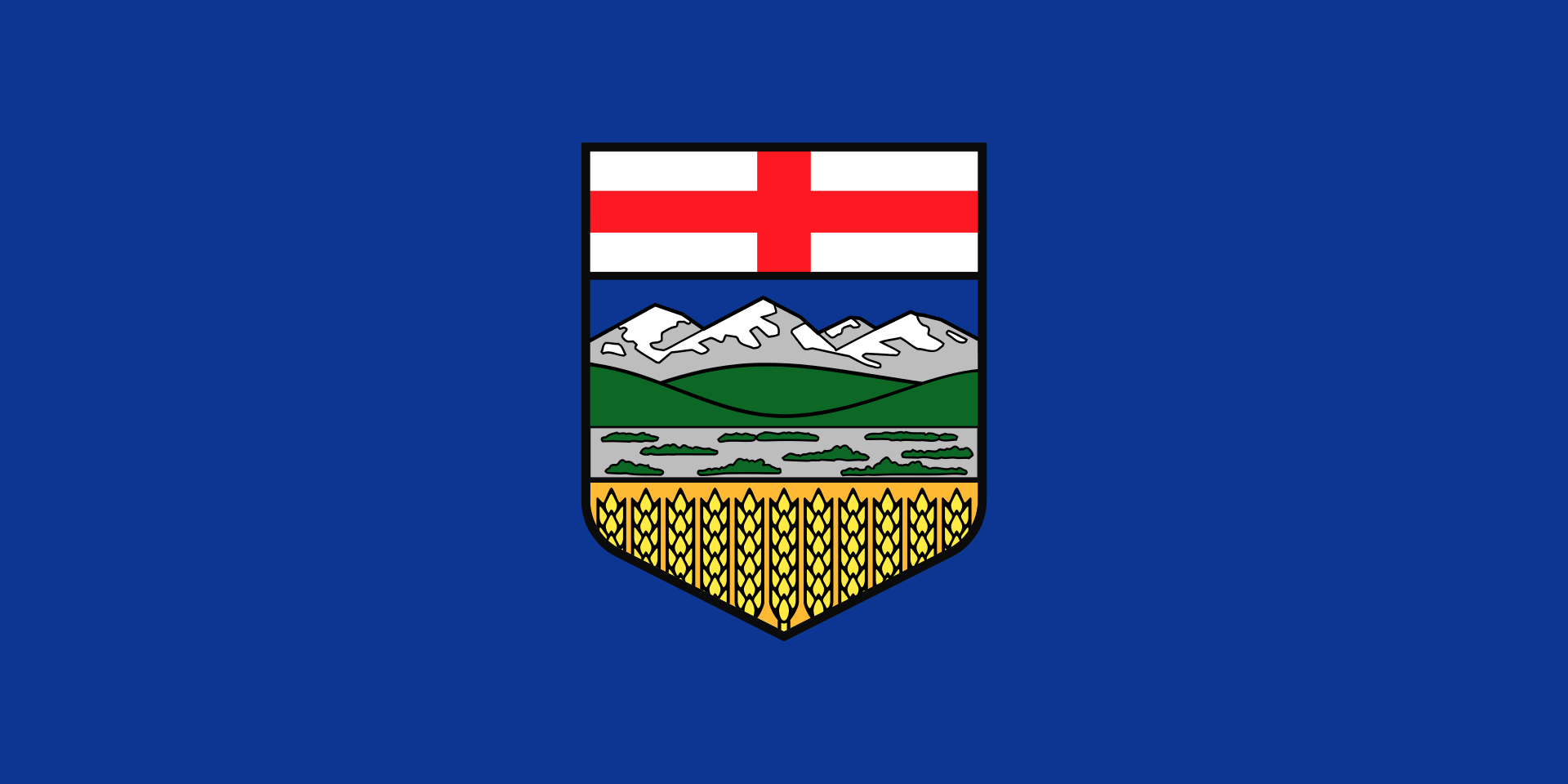 Alberta-AB
Alberta-AB

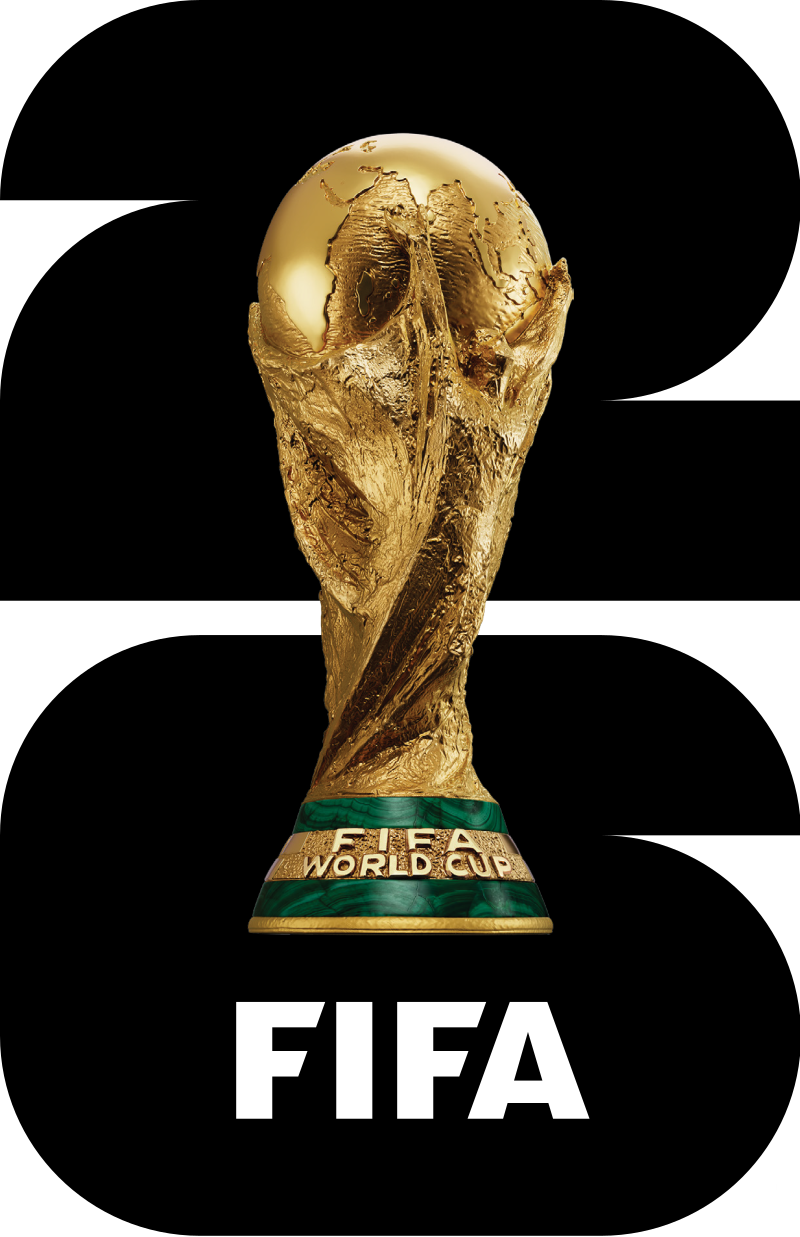 FIFA Fussball-Weltmeisterschaft 2026
FIFA Fussball-Weltmeisterschaft 2026
 Women's Soccer World Cup 2015
Women's Soccer World Cup 2015
 ITU World Championship Series
ITU World Championship Series
 Canada
Canada

 Sport
Sport

 Sport
Sport
 Triathlon
Triathlon
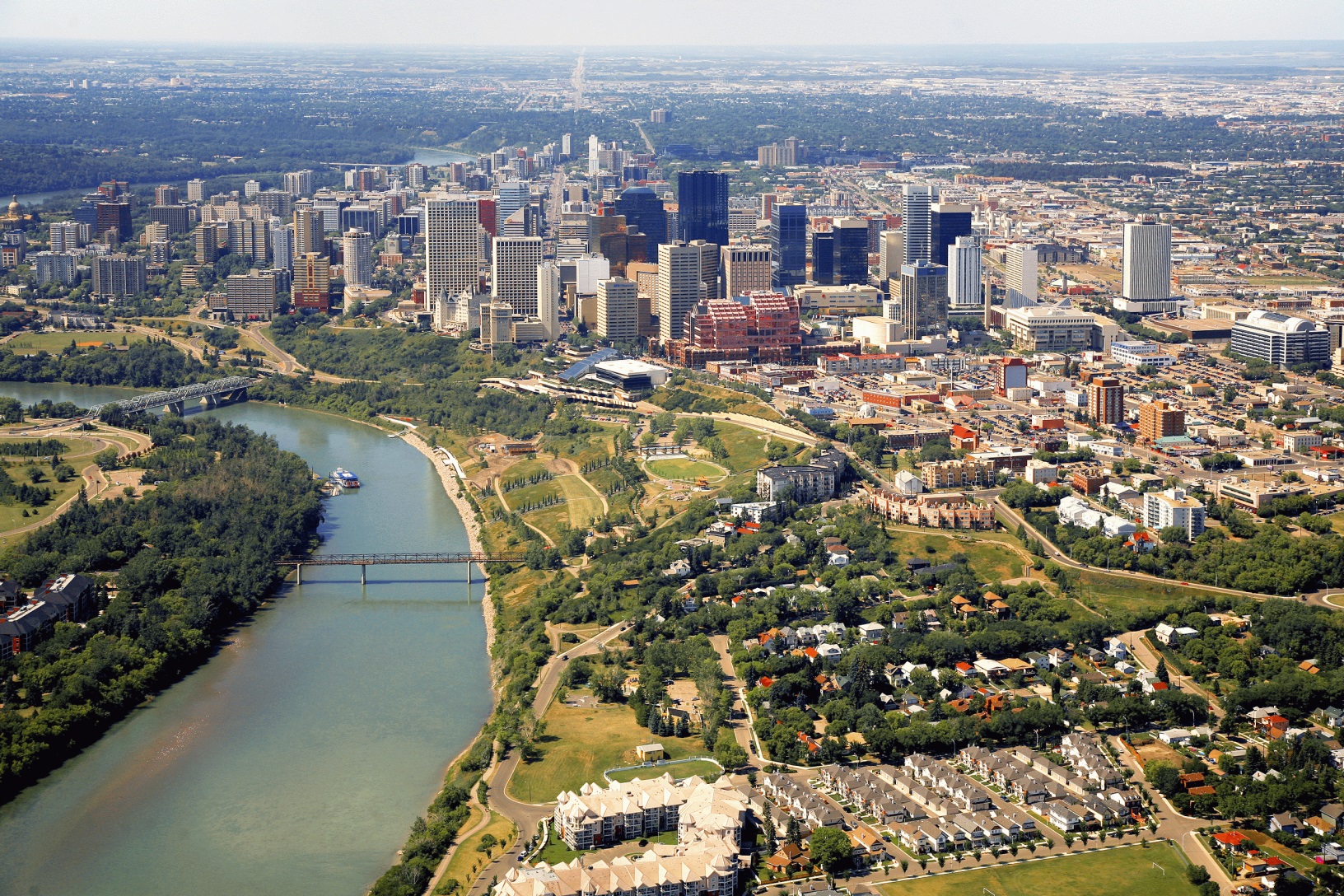
Edmonton (/ˈɛdməntən/ ( listen) ED-mən-tən) is the capital city of the Canadian province of Alberta. Edmonton is on the North Saskatchewan River and is the centre of the Edmonton Metropolitan Region, which is surrounded by Alberta's central region. The city anchors the north end of what Statistics Canada defines as the "Calgary–Edmonton Corridor".[14]
listen) ED-mən-tən) is the capital city of the Canadian province of Alberta. Edmonton is on the North Saskatchewan River and is the centre of the Edmonton Metropolitan Region, which is surrounded by Alberta's central region. The city anchors the north end of what Statistics Canada defines as the "Calgary–Edmonton Corridor".[14]
As of 2021, Edmonton had a city population of 1,010,899 and a metropolitan population of 1,418,118, making it the fifth-largest city[15][16] and sixth-largest metropolitan area (CMA) in Canada.[17][18] Edmonton is North America's northernmost city and metropolitan area with a population over one million. A resident of Edmonton is known as an Edmontonian.[19]
Edmonton's historic growth has been facilitated through the absorption of five adjacent urban municipalities (Strathcona, North Edmonton, West Edmonton, Beverly and Jasper Place)[20] in addition to a series of annexations through 1982,[21] and the annexation of 8,260 ha (82.6 km2; 31.9 sq mi) of land from Leduc County and the City of Beaumont on January 1, 2019.[22] Known as the "Gateway to the North",[23] the city is a staging point for large-scale oil sands projects occurring in northern Alberta and large-scale diamond mining operations in the Northwest Territories.[24]
Edmonton is a cultural, governmental and educational centre. It hosts a year-round slate of festivals, reflected in the nickname "Canada's Festival City".[1] It is home to North America's second largest mall, West Edmonton Mall (the world's largest mall from 1981 until 2004),[25][26][27] and Fort Edmonton Park, Canada's largest living history museum.
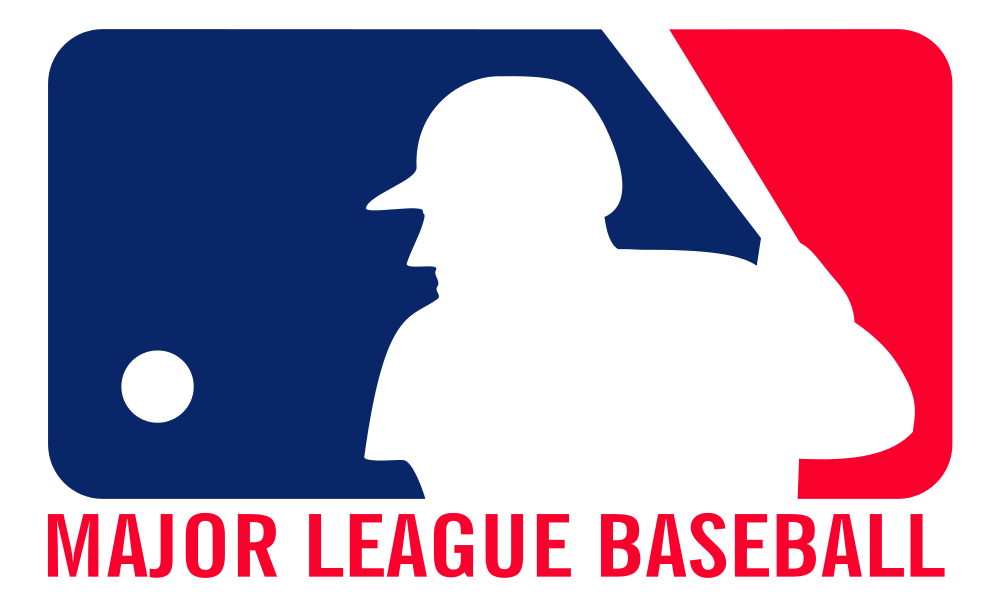
Major League Baseball (MLB) is a professional baseball organization and the oldest major professional sports league in the world.[A] As of 2022, a total of 30 teams play in Major League Baseball—15 teams in the National League (NL) and 15 in the American League (AL)—with 29 in the United States and 1 in Canada. The NL and AL were formed in 1876 and 1901, respectively. Beginning in 1903, the two leagues signed the National Agreement and cooperated but remained legally separate entities until 2000 when they merged into a single organization led by the Commissioner of Baseball.[10][11][12] MLB is headquartered in Midtown Manhattan.
Baseball's first openly all-professional team was the Cincinnati Red Stockings, who were founded in 1869. Before that, some teams had secretly paid some players. The first few decades of professional baseball were characterized by rivalries between leagues and by players who often jumped from one team or league to another. The period before 1920 is known as the dead-ball era, during which players would rarely hit home runs. Professional baseball in the United States survived a conspiracy to fix the 1919 World Series, which came to be known as the Black Sox Scandal. The sport rose in popularity in the 1920s and survived potential downturns during the Great Depression and World War II. Shortly after the war, Jackie Robinson broke baseball's color barrier.
The 1950s and 1960s were a time of club expansion and relocation for the AL and NL. New stadiums and artificial turf surfaces began to change the game in the 1970s and 1980s. Home runs dominated the game during the 1990s, and media reports began to discuss the use of anabolic steroids among MLB players in the mid-2000s. In 2006, an investigation produced the Mitchell Report, which implicated many players in the use of performance-enhancing substances, including at least one player from each team.
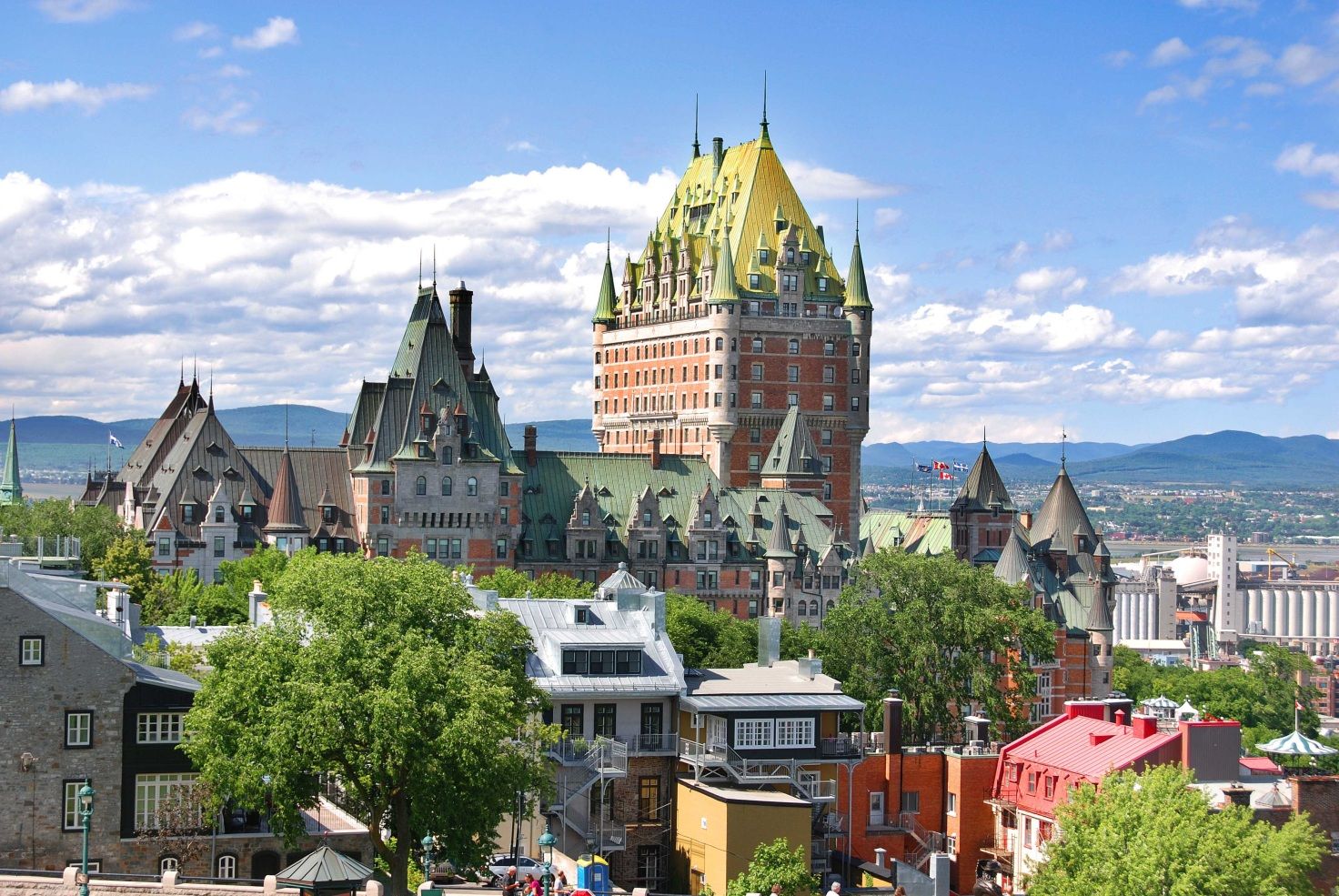
Quebec City (/kwɪˈbɛk/ (![]() listen) or /kəˈbɛk/;[12] French: Ville de Québec), officially Québec ([kebɛk] (
listen) or /kəˈbɛk/;[12] French: Ville de Québec), officially Québec ([kebɛk] (![]() listen)),[13] is the capital city of the Canadian province of Quebec. As of July 2016, the city had a population of 531,902,[14] and the metropolitan area had a population of 800,296.[15] It is the eleventh-largest city and the seventh-largest metropolitan area in Canada. It is also the second-largest city in the province after Montreal. It has a humid continental climate with warm summers coupled with cold and snowy winters.
listen)),[13] is the capital city of the Canadian province of Quebec. As of July 2016, the city had a population of 531,902,[14] and the metropolitan area had a population of 800,296.[15] It is the eleventh-largest city and the seventh-largest metropolitan area in Canada. It is also the second-largest city in the province after Montreal. It has a humid continental climate with warm summers coupled with cold and snowy winters.
The Algonquian people had originally named the area Kébec, an Algonquin[note 1] word meaning "where the river narrows", because the Saint Lawrence River narrows proximate to the promontory of Quebec and its Cape Diamant. Explorer Samuel de Champlain founded a French settlement here in 1608, and adopted the Algonquin name. Quebec City is one of the oldest European cities in North America. The ramparts surrounding Old Quebec (Vieux-Québec) are the only fortified city walls remaining in the Americas north of Mexico. This area was declared a World Heritage Site by UNESCO in 1985 as the "Historic District of Old Québec".[16][17]
The city's landmarks include the Château Frontenac hotel that dominates the skyline and the Citadelle of Quebec, an intact fortress that forms the centrepiece of the ramparts surrounding the old city and includes a secondary royal residence. The National Assembly of Quebec (provincial legislature), the Musée national des beaux-arts du Québec (National Museum of Fine Arts of Quebec), and the Musée de la civilisation (Museum of Civilization) are found within or near Vieux-Québec.
 International cities
International cities
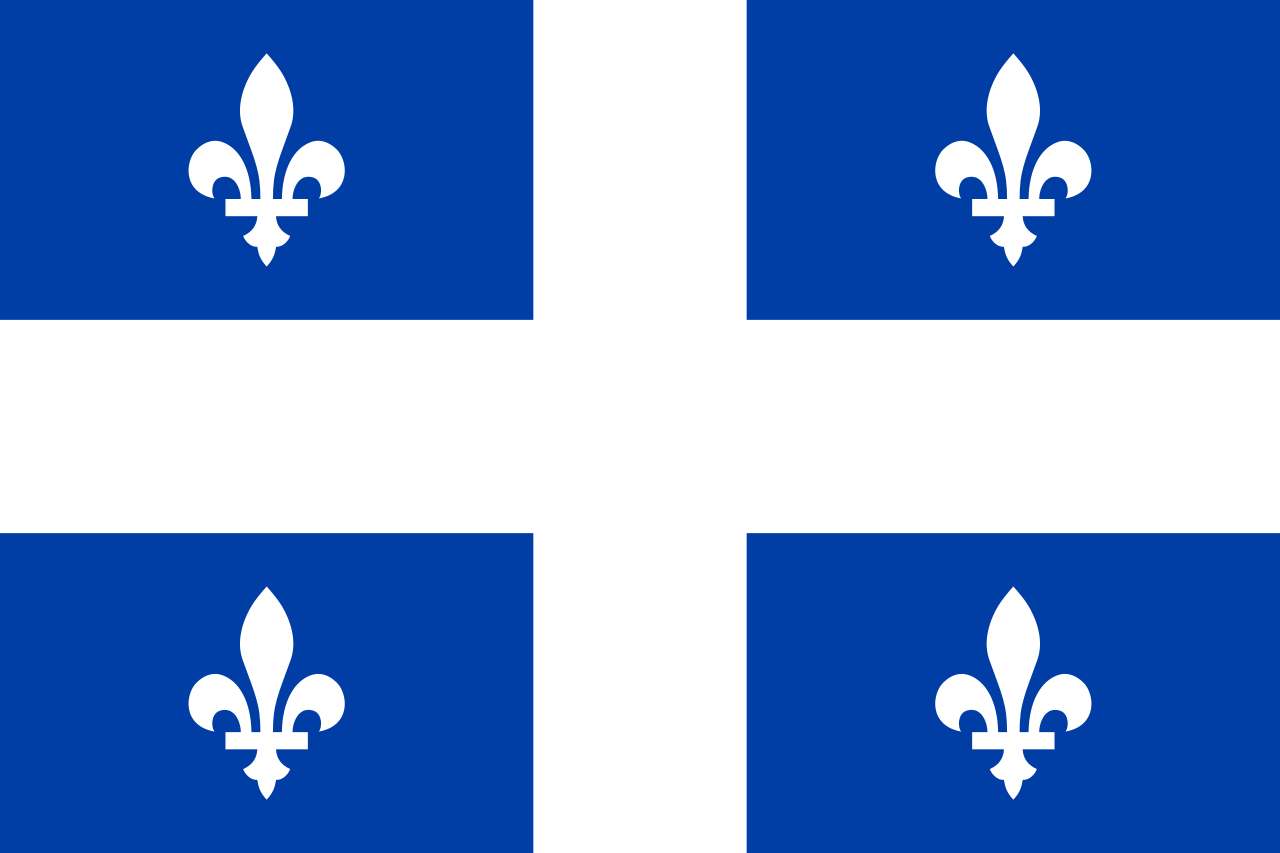 Quebec-QC
Quebec-QC